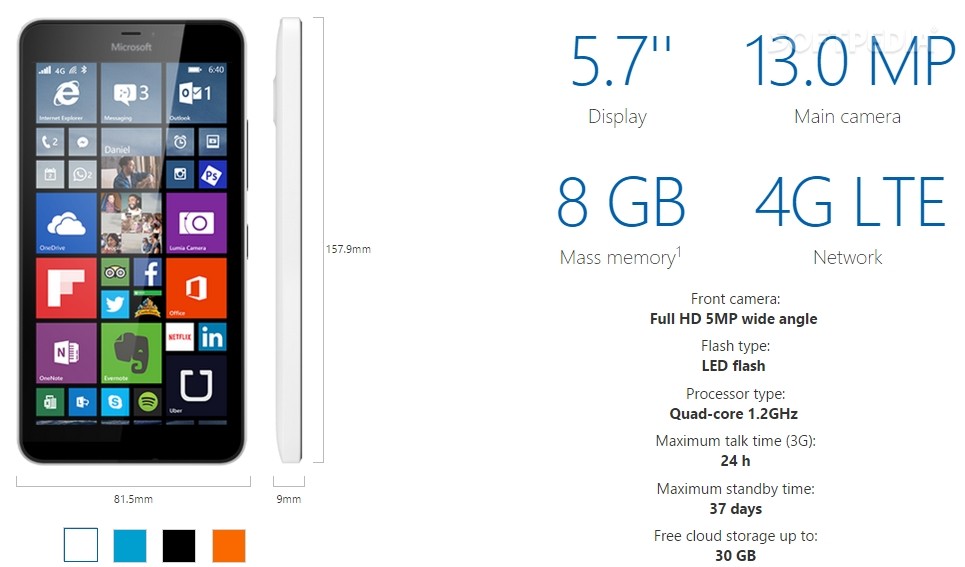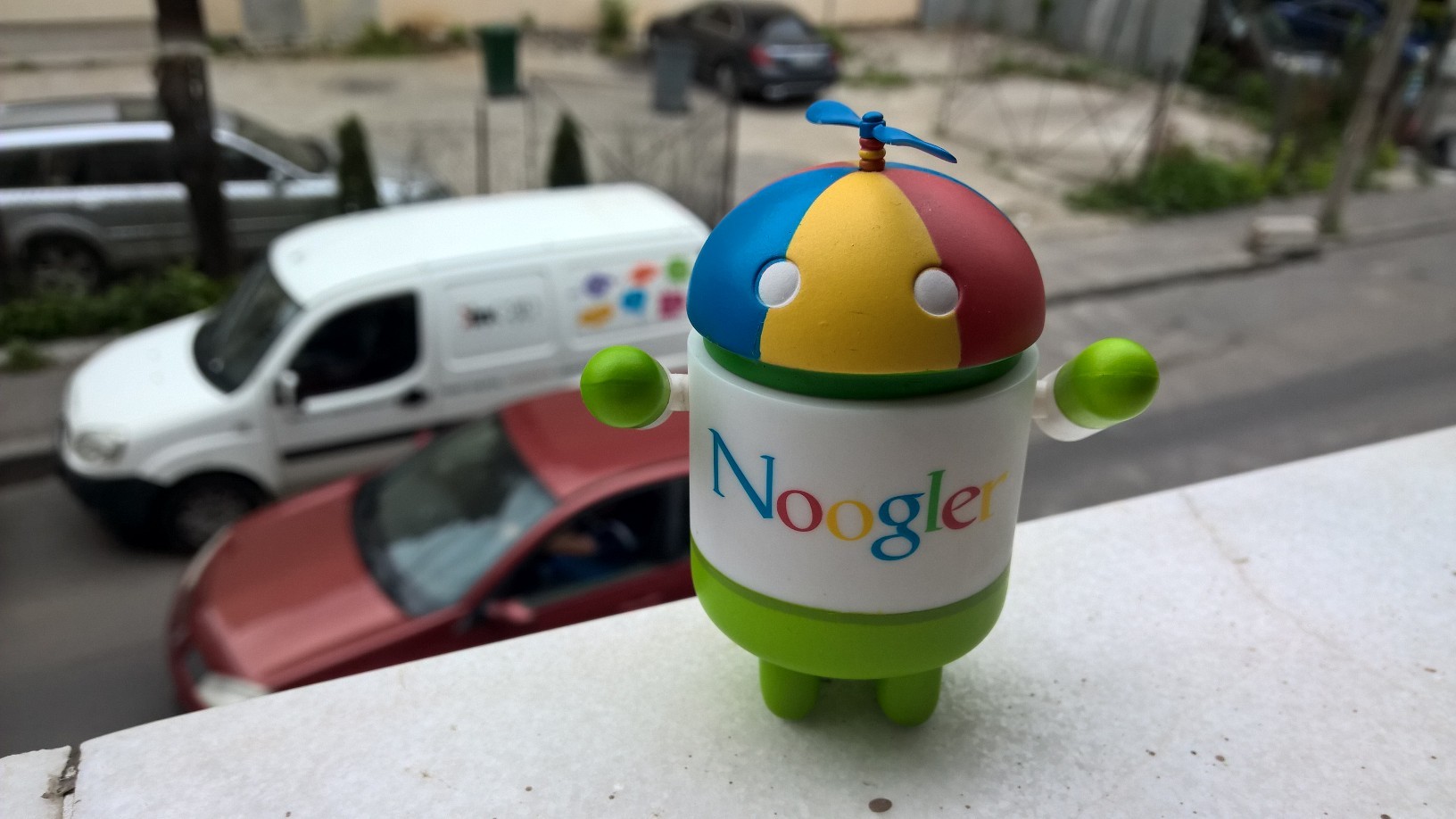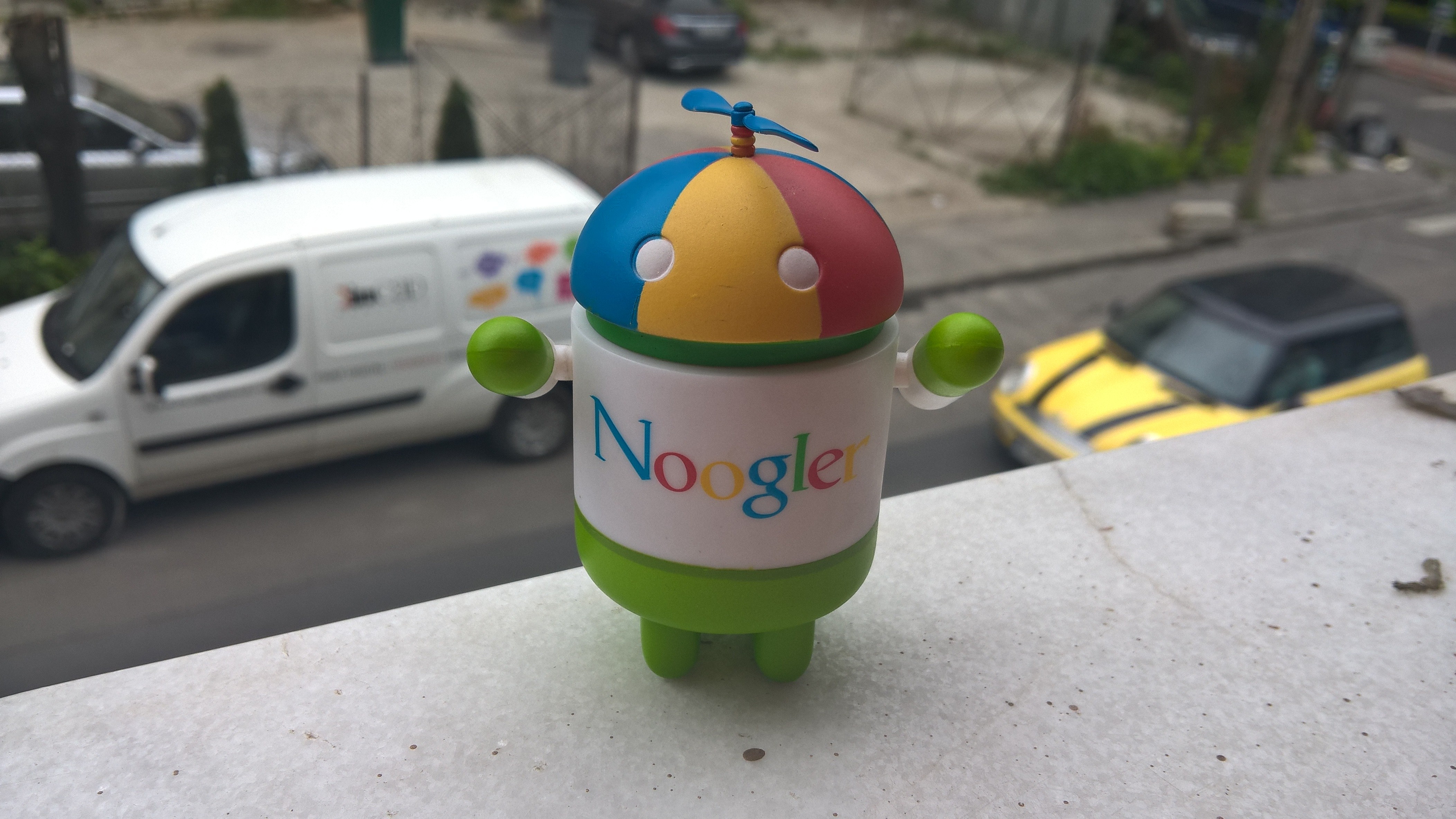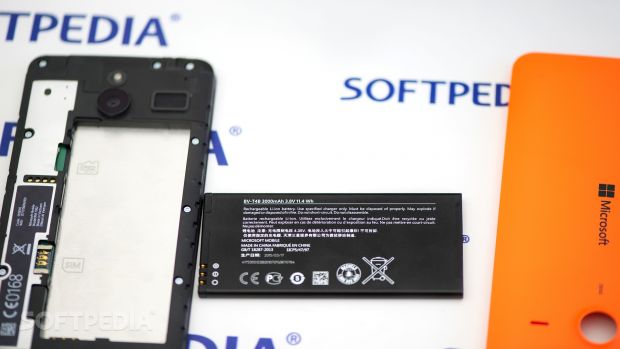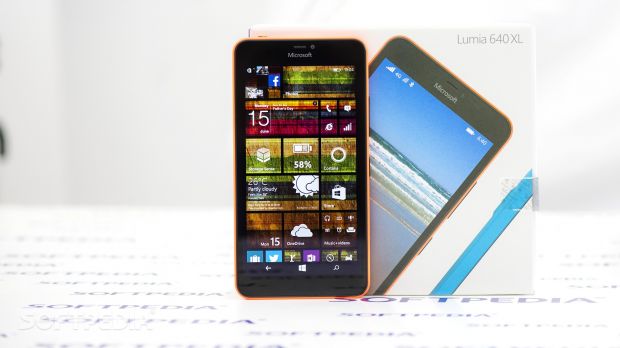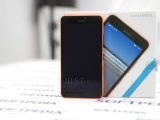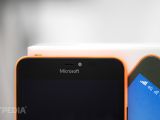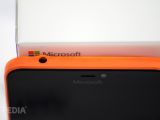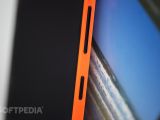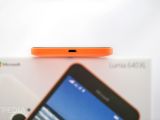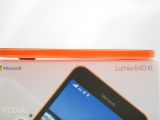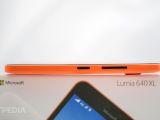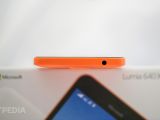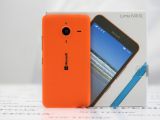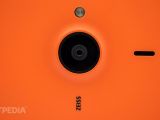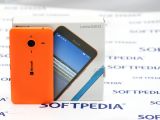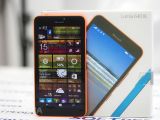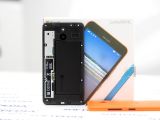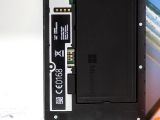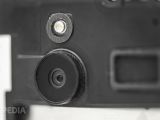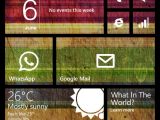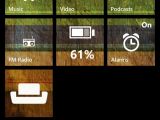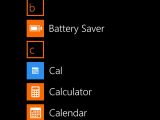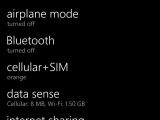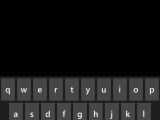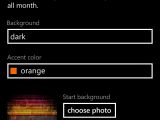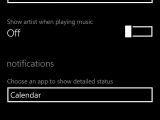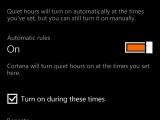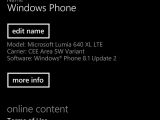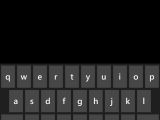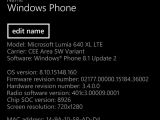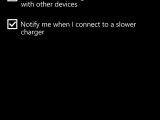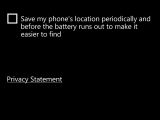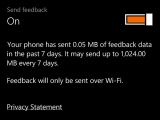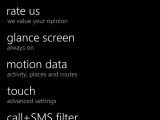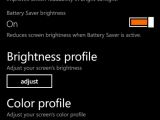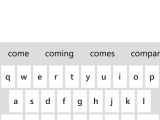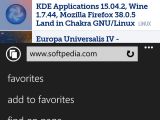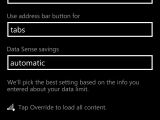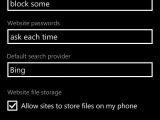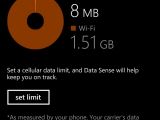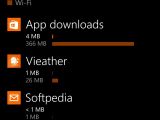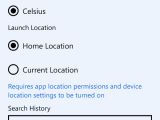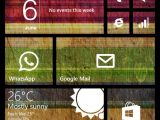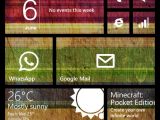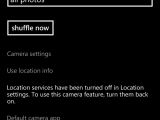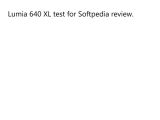| Introduction | Power and performance |
| Design and size | Connectivity features |
| Display and camera | Menu and software |
| Battery life |
Lumia 1520 definitely was the best of Windows Phone devices that Nokia and Microsoft ever launched, and it’s no surprise that many people are using it these days. It has a big 6-inch screen, 2 GB of RAM, up to 32 GB of storage space, and a 20-megapixel camera with Zeiss optics for stunning photos.
But it’s also no secret that Lumia 1520 is an outdated device. It was announced in October 2013, so it sort of lost the battle with the other phablets on the market, such as the Samsung Galaxy Note 3, which was considered to be its direct rival and that has already received a successor.
The phablet market is undoubtedly an appealing business for Microsoft, and while the whole world expected a Lumia 1530, or a direct successor to the 1520, the Redmond-based tech giant decided to go on a different path and introduce something a little bit more affordable.
Often described as a more affordable successor to the Lumia 1520, the brand-new Microsoft Lumia 640 XL is the bigger brother of the 640 and comes with hardware that’s supposed to make you take the most out of Windows Phone without making any compromise.
Microsoft’s promise sure makes the Lumia 640 XL an interesting product, and a look at the spec sheet seems to confirm that this device should be able to provide you with an experience that’s at least decent in terms of performance, photos, and battery life.
To find out whether the Lumia 640 XL is the best buy or not, we’ve tested an orange LTE model for about a month to see how much of Microsoft’s statements is true and how much is marketing.
| Operating system | Windows Phone 8.1 with Lumia Denim |
|---|---|
| Display | 5.7” HD (1280×720, 16:9) IPS, 259 PPI, ClearBlack, Glance Screen, Corning Gorilla Glass 3 |
| Processor | 1.2 GHz quad-core Qualcomm Snapdragon 400 processor |
| RAM | 1 GB |
| Cameras | Main: 13 MP AF, ZEISS optics, Lumia Camera Front: 5 MP wide angle FF |
| Storage | 8GB + 30GB free OneDrive, micro SD up to 128GB |
| Battery | 3000 mAh battery |
| Dimensions | 157.9 x 81.5 x 9 mm; 171g |
Design - 1520 owners will love it
If you’re the kind of phone user who loves phablets, the chances are that you’re going to love the 640 XL design too. It has a 5.7-inch screen, so it’s just perfect if browsing the web, playing games, watching videos, or sending emails is all you need to do.
Otherwise, if you come from a 5-inch, the Lumia 640 XL could feel just too big, although it’s pretty clear that Microsoft struggled to cut down the bezel and make the screen expand to the edges of the phone as much as possible.
Lumia 640 XL is just 9mm thick and weighs only 171 grams, so it’s lighter than the Lumia 1520 (which has a weight of 209 grams). And the best of all is that you can really feel that it’s lighter, which is clearly an essential thing for a phablet.
It measures 157.9 x 81.5 mm versus 162.8 x 85.4 mm for the Lumia 1520, which is obviously bigger because it also comes with a 6-inch screen. But if you’re the owner of a 1520 and you give a try to a 640 XL, chances are that you’ll feel almost no difference in terms of screen size and you can definitely forget about the extra 0.3 inches that the 1520 comes with.
Otherwise, the Lumia 640 XL is just the typical Lumia. It comes with the traditional design that’s being used by the new Microsoft smartphones, it’s available in four colors (matte white, matte blue, black, and orange) and features the modern Microsoft branding on the front and back.
Display and camera - you’ll be pleased (but not impressed)
Lumia 640 XL comes with a 5.7-inch display with a resolution of 1280x720 pixels and TrueColor technology that supports 16 million colors. Pixel density is at 259 ppi and ClearBlack technology is also there to make sure that black is black and not grey.
Gorilla Glass 3 is offered for additional protection and Microsoft is also offering a bunch of other fancy-called features that are already available on the majority of other phones out there, such as an orientation sensor, low power mode, and a wide viewing angle.
Since it’s an IPS LCD screen, the display of the Lumia 640 XL lacks the stunning quality of a super AMOLED, but on the other hand, it scores extra points for battery life, because this type of screen needs less power. On the other hand, there’s a big difference between the 640 XL and the Lumia 930, for example, with the latter providing better color contrast, higher brightness levels, and an overall better image and video quality than the first.
Lumia 640 XL’s screen does not excel by any means, but it does its job decently, so while you won’t be impressed with it, you won’t be disappointed either. It’s good just the way it is.
“13-megapixel rear, 5-megapixel front, Flash, autofocus, and Zeiss optics.”
As far as the cameras are concerned, the device comes with a 13-megapixel camera and a front 5-megapixel front unit for selfies and video calls. But let’s take them one at a time to see what they’re up to.
First and foremost, the rear camera comes with autofocus and the signature Zeiss optics, which Microsoft is using for at least mid-range devices capable of shooting better pictures. The camera features auto focus, 4x digital zoom, LED flash, and backside-illuminated image sensor. Its specs are again, decent: 1/3 inch sensor size, 28mm focal length, a minimum focus range of 10 cm, f/2.0 ratio for f-number/aperture.
As far as video recording is concerned, it can record at 30 fps, with a video zoom of 4x, while also supporting continuous autofocus, video zoom, and MP4/H.264 formats.
The front-facing camera shoots at 1920x1080 pixels and offers support for video calls and video recording, with a focal length of 24 mm.
And now, the real facts. First of all, the Lumia 640 XL camera does not excel in any way, but once again, it does its job decently well. It won’t impress you unless you have the perfect light conditions. Otherwise, the slightest move can turn any photo into a big blurred thing that can hardly be called a picture. The same for video recording, so optimal light conditions are absolutely mandatory to shoot good pictures.
In low-light conditions, on the other hand, you need a steady hand and the flash. Otherwise, there’s just too much noise in every photo.
As compared to the Lumia 930, which is supposed to have the best camera in the Windows Phone range right now, Lumia 640 XL’s photos lack the high contrast and color intensity that the 5-incher provides. Lumia 930 shoots photos that are sharper and just seem to be crisper, with a better automatically adjusted brightness level in any light settings.
Nokia Lumia 930 camera sample. Microsoft Lumia 640 XL camera sample. Lumia 640 XL video recording at 30 fps in optimal light conditions.Power and performance - it’s just good
Lumia 640 XL is a perfectly balanced device that comes by default with Windows Phone 8.1 with Lumia Denim so you won’t have to wait for six months to get the new firmware (by the way, Lumia Denim is yet to land on all devices despite the fact that the rollout started in December 2014!).
It features a Qualcomm Snapdragon 400 quad-core processor clocked at 1200 MHz and 1 GB of RAM, which is enough not only to run Windows Phone smoothly, but also to fully support Windows 10 Mobile when it comes out (word has it that Lumia 640 and 640 XL will be the first to get Windows 10 Mobile later this year).
“Lumia 640 XL will be one of the first to get Windows 10 Mobile this year. ”
It’s not a secret that Snapdragon 400 is one of the well-optimized mobile devices processors, and you can really tell that when using the Lumia 640 XL. The smartphone feels pretty fast, and you won’t notice any performance issue unless you open all the apps that you have installed.
It always feels very responsive and browsing or gaming work just as expected, but this is also the merit of Microsoft and Windows Phone. Microsoft’s Windows Phone perfectly fits this device, and the impression is that with some hardware upgrades, Lumia 640 XL would easily become the flagship of the whole phone range.
Battery life - the wow factor
This is where the Lumia 640 XL really excels. The device comes with a 3000 mAh 3.8V battery which according to Microsoft should provide up to 37 days in standby mode and 24 hours of talk time on 3G.
Needless to say, figures aren’t exactly the same in real life, but there’s no doubt that the phone won’t disappoint you. Our average was 2 days per charge and in heavy use (1 hour of talk time on 3G, 1 hour of browsing, 4 hours of browsing, Twitter, emails, and gaming), it was still able to get us through the day. It reached 32 hours on heavy use, which was impressive to say the least.
Lumia 640 XL's battery can definitely get you through the day.How’s that possible? It’s really simple actually. Imagine that the Lumia 1520, which was often described as a battery monster (in the good way, that is) comes with a 3400 mAh battery. The 640 XL has a battery that’s very similar while also boasting a smaller display, a Snapdragon 400 processor (as compared to Snapdragon 800 on the 1520) and Lumia Denim.
All of these obviously lead to a better-optimized package that in the end provides longer battery life that’s hard to be provided by any other new Lumia device on the market.
Connectivity and communications - just the usual stuff
Lumia 640 XL features LTE support and the standard technology that’s available on today’s modern smartphones, such as Bluetooth 4.0, Wi-Fi support (WLAN IEEE 802.11 b/g/n), DLNA and screen projection features, GSM and HSPA network support, microUSB for charging and connection to a PC and a standard 3.5mm audio connector for headphones.
As far as the quality of your calls is concerned, you won’t feel any difference if you’ve ever used another Lumia before.
The 640 XL audio quality is acceptable, but nothing beyond that, while video calls are decent as well, mostly thanks to the cameras we described above.
Other features include NFC support for paying, sharing, and tagging, FM radio for listening to your favorite station on the go, and the possibility to turn the device into a portable hotspot with support for up to 8 devices connected at the same time.
Menu and software - Windows Phone and Denim
As said, Lumia 640 XL comes from the very beginning with Windows Phone 8.1 Update 2 and Lumia Denim, which means that one of the biggest headaches no longer exist. Microsoft started the Lumia Denim rollout in December last year, but some Lumia owners are yet to get it, so buying a device that comes with it from the start is really helpful.
If you’re already a Windows Phone user, there’s nothing new here because the OS works, looks, and feels the same on all devices that run it. That’s one of the good things actually, as Microsoft optimized the operating system to work flawlessly on all kinds of devices no matter their price level, be they budget, mid-range, or high-end phones.
You get the usual package, which includes Internet Explorer, Mail, a weather app, and tools for the typical things you do on a smartphone.
Lumia Denim also brings a bunch of other goodies, such as support for Hey Cortana, a feature that allows you to wake the personal assistant by simply calling her by name.
Lumia Camera is also there for better photos and so are some other subtle tweaks brought by Windows Phone 8.1 Update 2, such as native MKV video support, a new mobile data shortcut in the action center, and support for additional languages for Cortana.
As mentioned, Windows Phone 8.1 seems to be perfectly optimized for this device, and if we were to choose, the 640 XL was the flagship device with some hardware upgrades here and there.

 14 DAY TRIAL //
14 DAY TRIAL // 